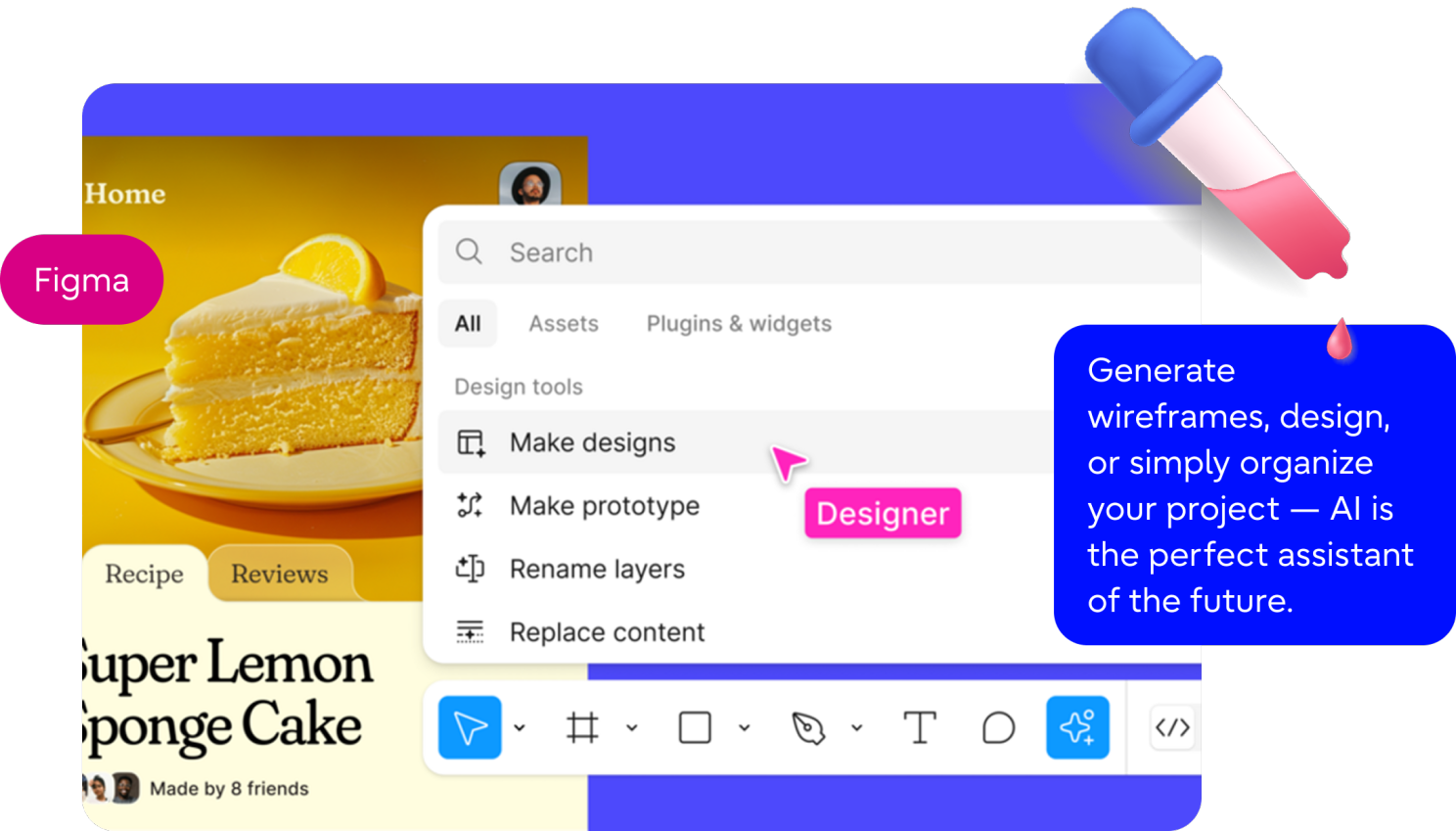
From static interface to adaptive interface
Until recently, the customization of a digital interface (application, website, business platform, etc.) relied on a few simple criteria: light or dark theme, language selection, notification preferences, etc. AI is revolutionizing this approach by enabling much more precise and contextual personalization.
Real-time analysis
AI can observe user behavior to adapt the interface. A user navigating quickly on a platform might be offered a simplified version, while another, more methodical user, would have access to detailed content.
Predicting needs
By analyzing browsing history and past interactions, AI can anticipate what the user is looking for and directly suggest the right action, without the user needing to search through menus.
Content and layout personalization
Depending on the context of use, AI can adjust the hierarchy of displayed information, feature suggestions, or even the visual arrangement for an improved experience.
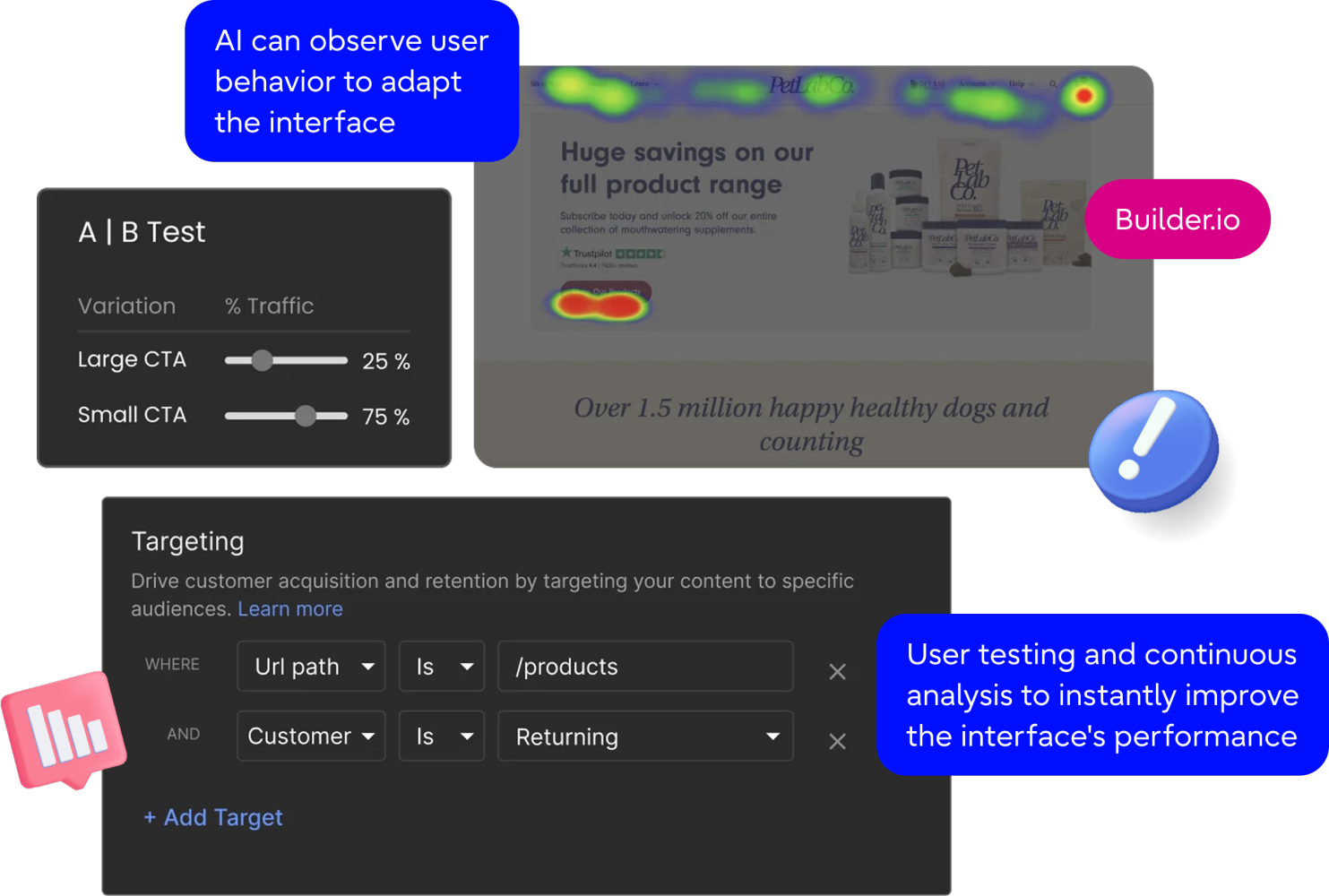
Interfaces that adapt to each user
AI applied to UI is not limited to aesthetics: it transforms the user experience into a customized interaction.
Intelligent micro-interactions
Imagine a digital assistant that adjusts button sizes based on your behavior (if you're struggling to click a specific area) or customizes shortcuts according to your daily usage.
Personalization of language and tone
Thanks to Natural Language Processing (NLP), AI can adapt the way messages are phrased. A novice user will receive detailed explanations, while an expert user will get more concise notifications.
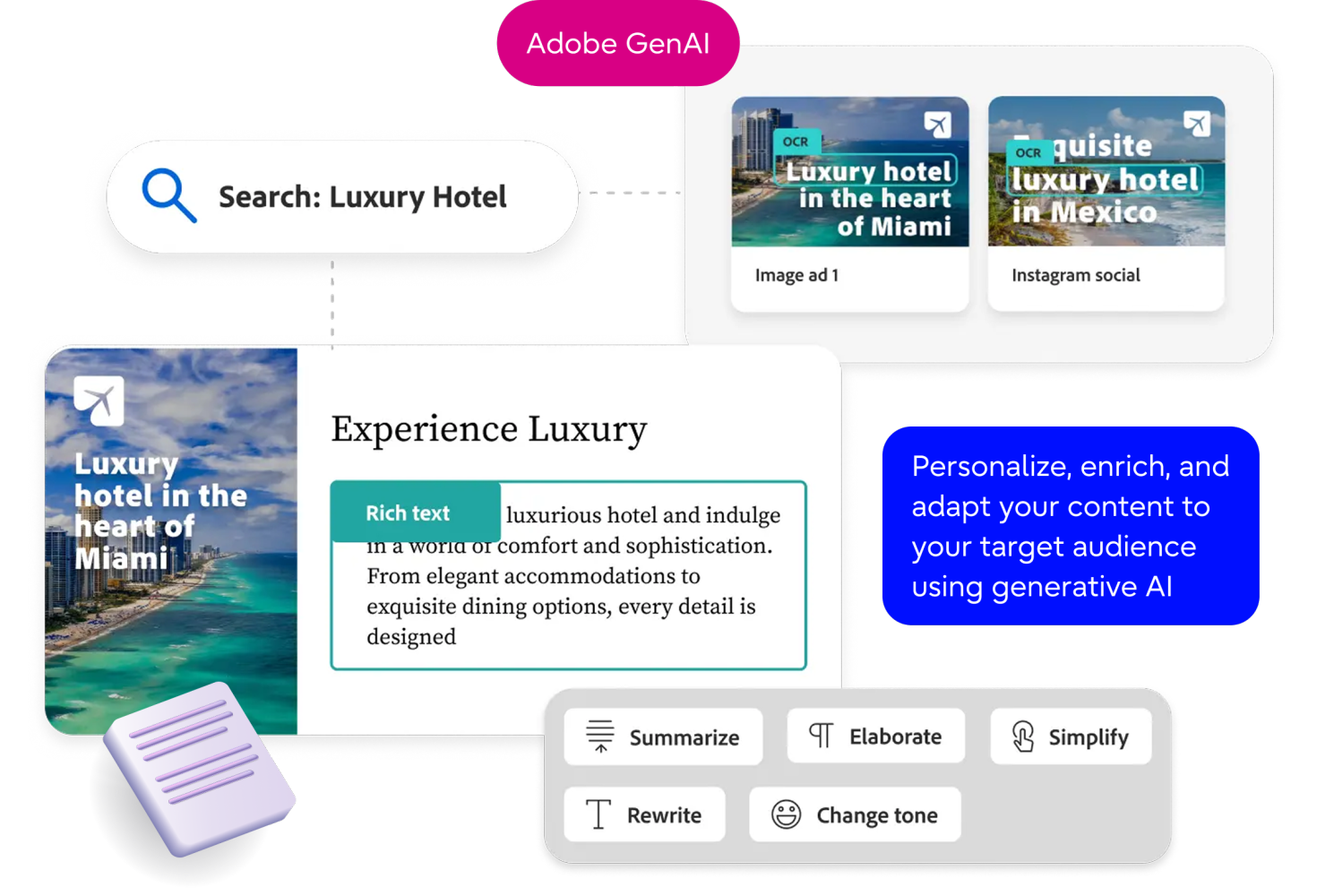
Dynamic themes and colors
Some solutions already allow for automatic adjustment of colors and contrasts based on the environment (e.g., night reading mode activated automatically) or detected preferences.
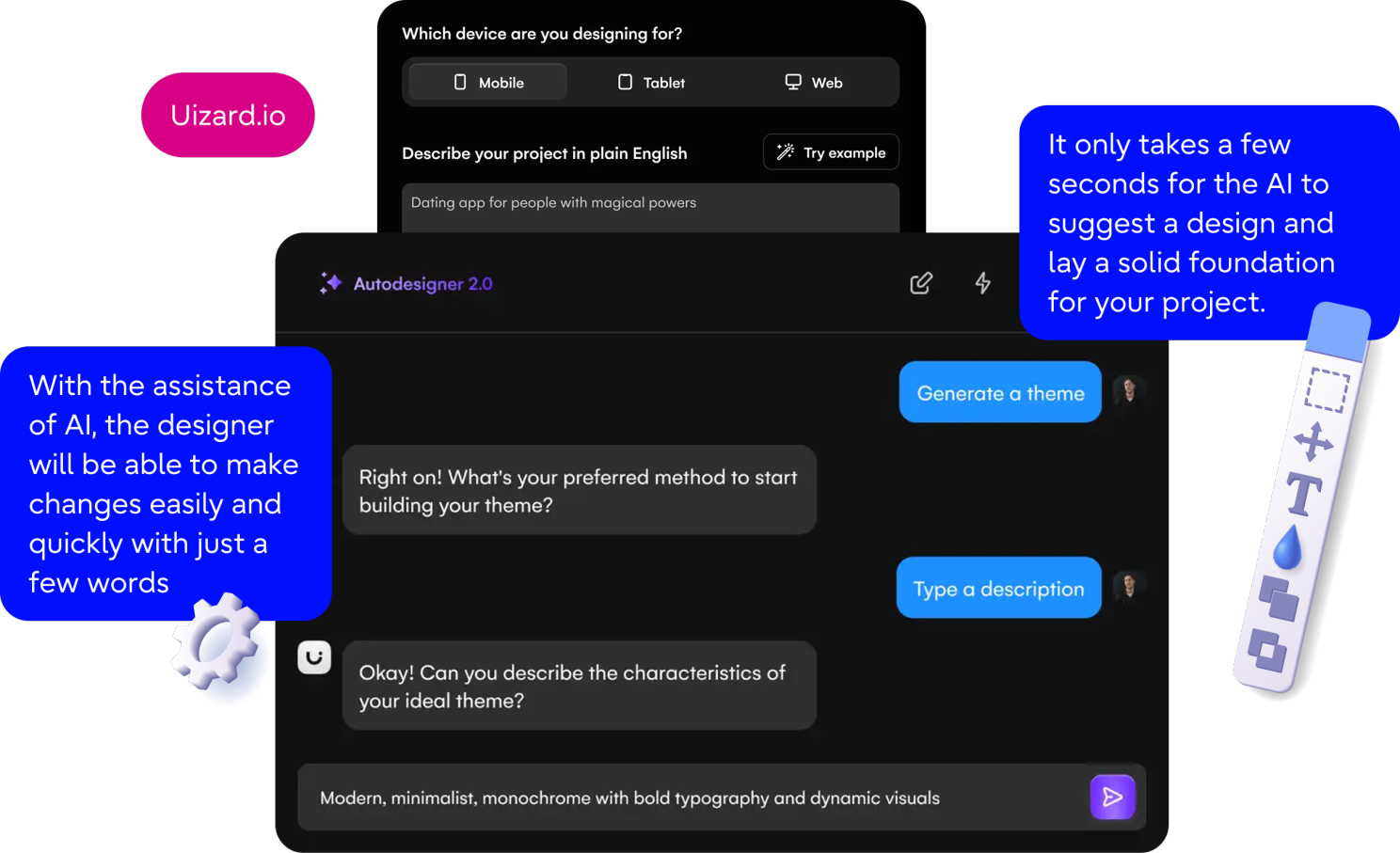
A strategic advantage for businesses
Beyond the user experience, this advanced personalization represents a true performance lever for businesses. According to a McKinsey study, personalized digital experiences can lead to a revenue increase of 5 to 15% and improve marketing efficiency by 10 to 30%. By offering more intuitive navigation and better-targeted content, brands optimize their conversion rates and build user loyalty.
The risks of over-personalization
However, while an ultra-personalized UI can enhance the user experience, it is not without risks.
Excessive fragmentation
A highly customized interface could make the experience inconsistent from one user to another, complicating support or training on a digital tool.
Cognitive overload
Too many real-time recommendations or adaptive options can overwhelm the user instead of helping them.
Privacy and Transparency
Personalization requires user data, which raises concerns about protection and confidentiality. It is essential to explain how this data is used and to give users the choice.
AI-generated visuals to strengthen brand identity
AI, in addition to providing a hyper-personalized experience for your interfaces, offers endless possibilities for generating visuals aligned with your brand identity, ensuring visual consistency across all digital platforms.
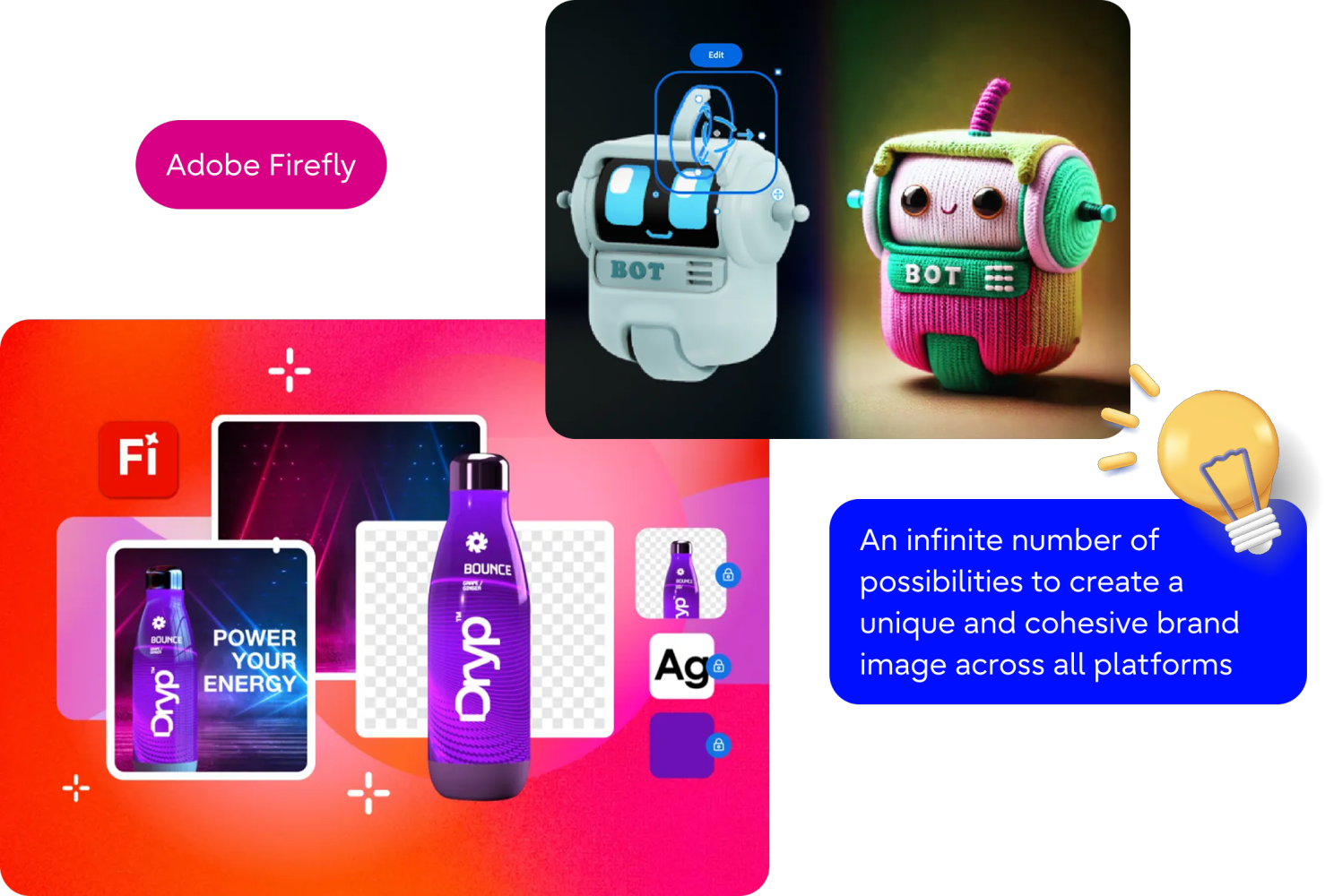
Conclusion: Finding the right balance
AI is redefining the standards of UI personalization. Thanks to AI, interfaces become dynamic, responsive, and intuitive, delivering an increasingly engaging experience. However, to avoid the pitfalls of intrusive over-personalization, humans must remain at the core of the design process. Well-designed AI should be an ally, not a barrier, enhancing interfaces while preserving their simplicity, accessibility, and the emotions they evoke.
An article written by Salvatore Berrittella

